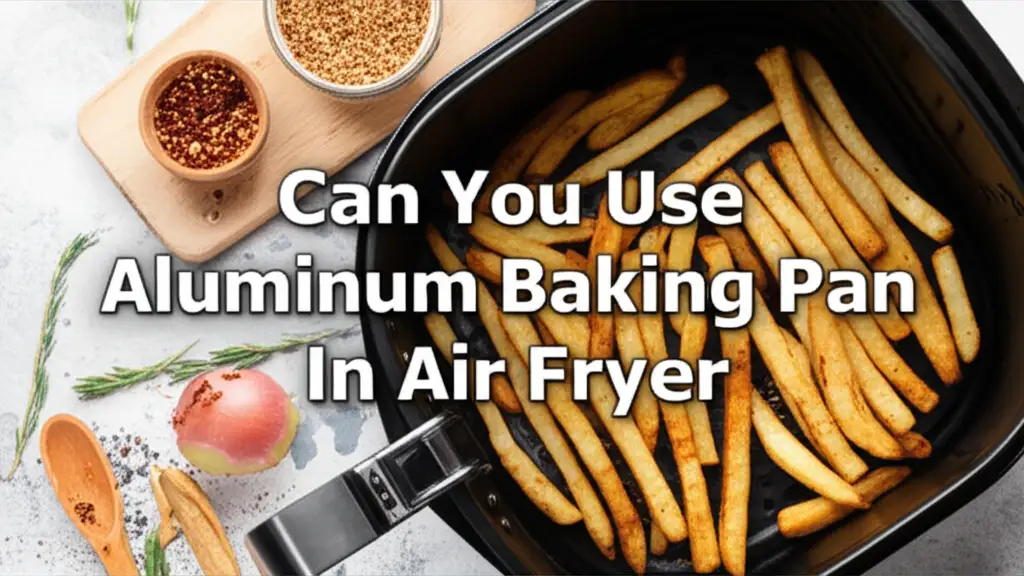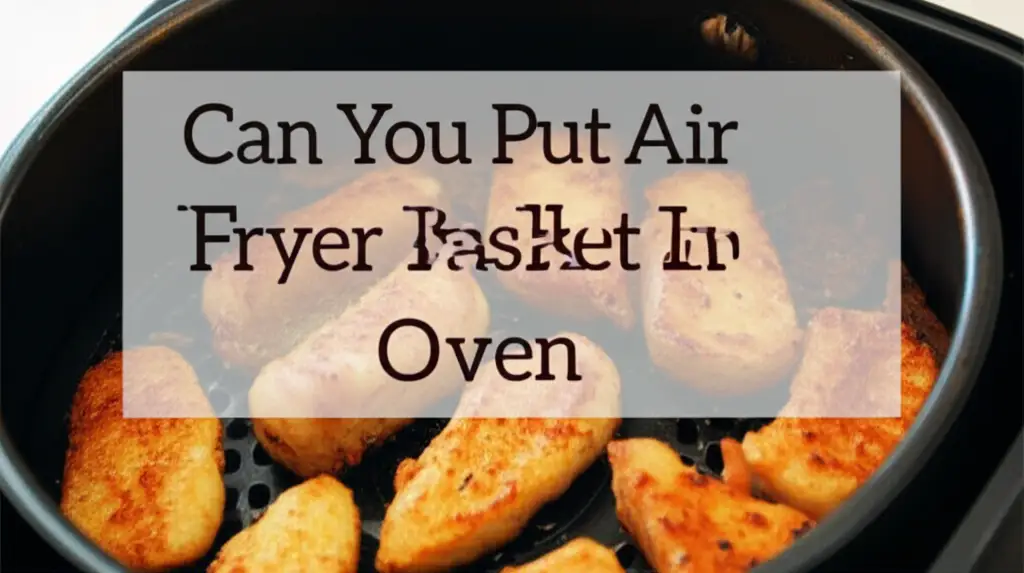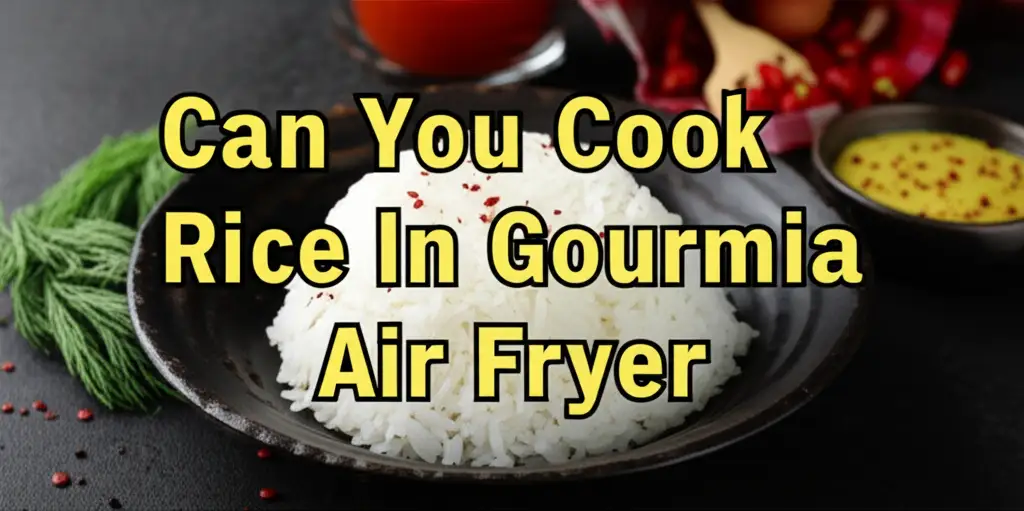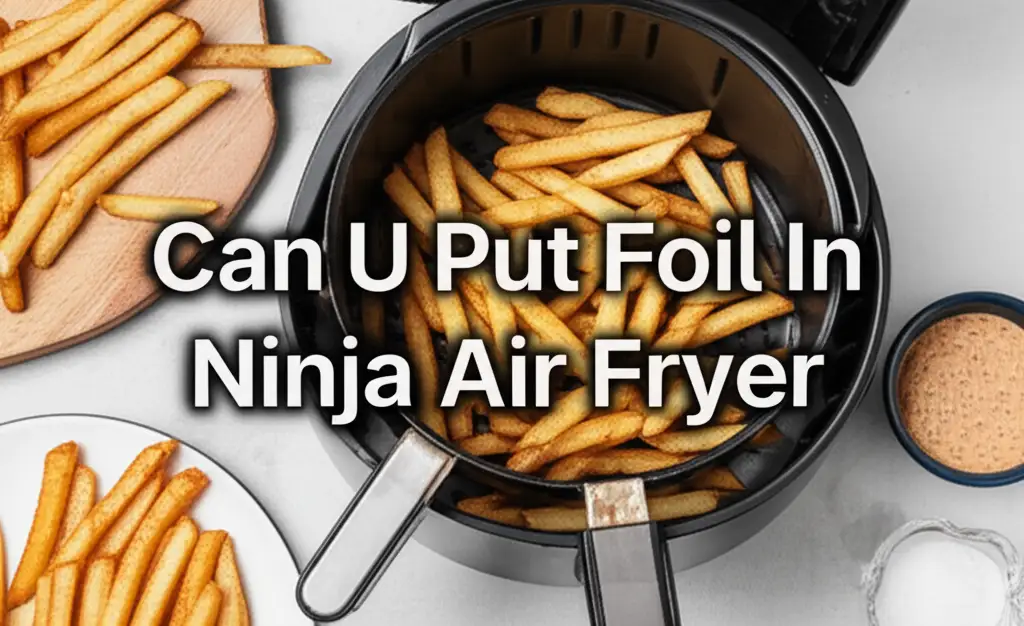· Todd Martin · Kitchen Appliances · 21 min read
Does Slow Cooker Cook Rice
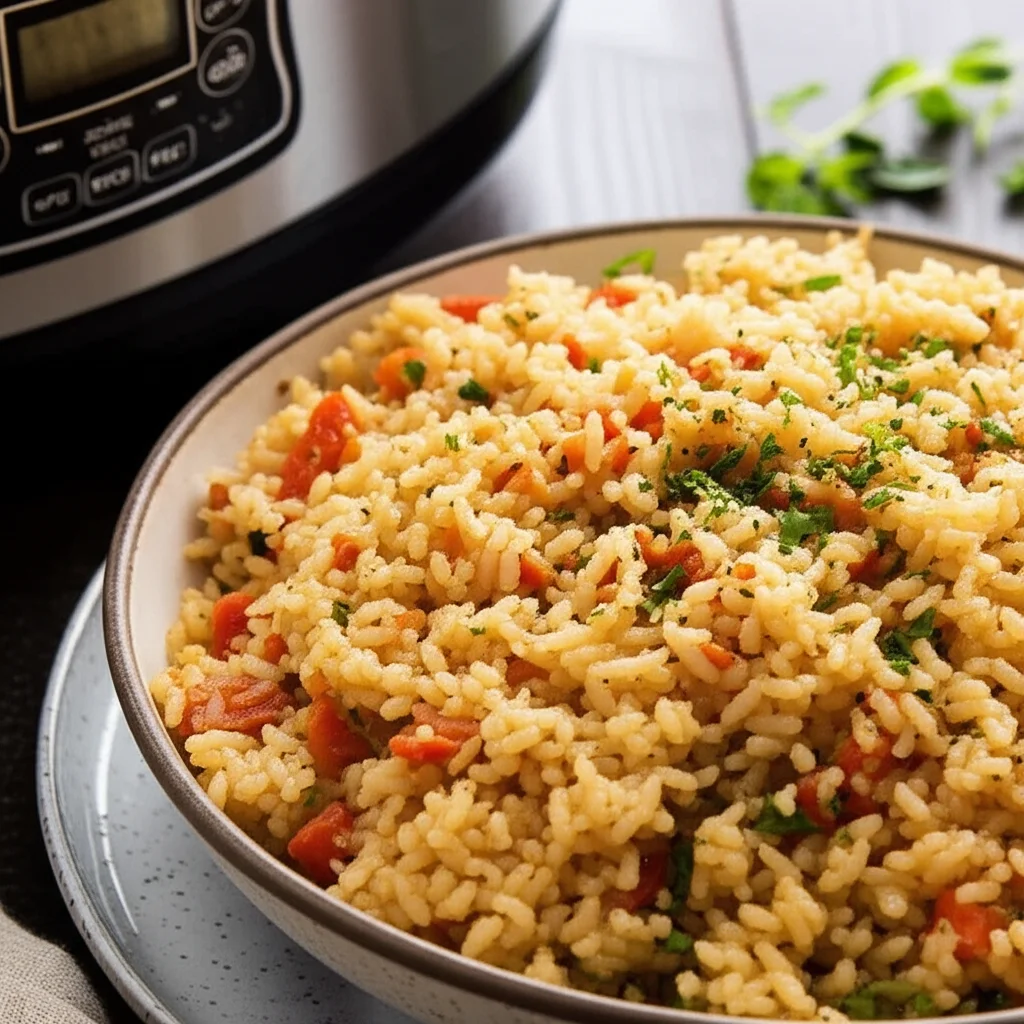
Unlocking Perfect Rice: Your Slow Cooker’s Potential
Cooking rice can sometimes feel like a delicate art. Many people wonder if their versatile slow cooker can handle this kitchen staple. I get this question often, and I am here to share all the insights. The answer is a resounding yes; your slow cooker can indeed cook rice, and it can do it very well. This method offers a hands-off approach, freeing up your stovetop and time. We will explore how to achieve perfectly cooked, fluffy rice using this convenient appliance. This article covers different rice types, essential water ratios, and step-by-step instructions. We also tackle common issues and share delicious recipe ideas.
Takeaway
- Slow cookers can effectively cook various types of rice.
- Precise water-to-rice ratios are crucial for optimal texture.
- Hands-off cooking makes it ideal for meal prep and busy schedules.
- Understanding your slow cooker’s heat settings prevents common issues.
Your slow cooker can cook rice. It uses gentle, consistent heat to absorb water and soften grains. This method yields fluffy, tender rice with minimal fuss. It is an excellent option for busy cooks or for freeing up stovetop space.
Why Cook Rice in a Slow Cooker? The Convenience Factor
Cooking rice in a slow cooker offers several clear benefits. For busy individuals, the “set it and forget it” aspect is incredibly appealing. You simply add your ingredients, turn on the appliance, and let it work its magic. This hands-off approach allows you to focus on other tasks or enjoy your free time. There is no need for constant monitoring, stirring, or worrying about boil-overs.
Another significant advantage is the consistency of the results. Slow cookers maintain a stable, low temperature. This steady heat promotes even cooking, helping each grain absorb moisture uniformly. This consistency often leads to fluffier, less sticky rice compared to stovetop methods. It also helps prevent burning on the bottom of the pot, a common stovetop issue. You can avoid that dreaded burnt layer.
Slow cookers are also great for larger batches. If you are cooking for a crowd or engaging in meal prep for the week, a slow cooker can accommodate more rice than a standard pot. This capacity saves you from cooking multiple batches. It also means you have plenty of rice ready for various meals. For example, you can make a large batch of white rice for weekly dinners or brown rice for healthy lunches. The gentle heat is also less likely to scorch starches. This makes cleanup easier as well.
The convenience extends to meal integration. While your rice cooks slowly, you can prepare the main dish. This synergy makes dinner assembly much smoother. It turns complex meal preparation into a streamlined process. Plus, the slow cooker keeps rice warm for extended periods without overcooking. This feature is perfect for potlucks or when dinner times vary. It is a reliable kitchen workhorse for many reasons.
Understanding Rice Varieties for Slow Cooking
Not all rice types behave the same in a slow cooker. The variety of rice you choose significantly impacts cooking time and water absorption. Knowing these differences helps ensure a perfect outcome. Different grains require different approaches.
White Rice (Long-Grain, Short-Grain, Basmati, Jasmine)
White rice is generally the easiest to cook in a slow cooker. Long-grain white rice, like Basmati or Jasmine, works particularly well. These varieties cook quickly and tend to stay separate and fluffy. Their delicate aroma also infuses well during the slow cooking process. Short-grain white rice, such as Arborio or sushi rice, is starchier. It results in a stickier texture. You might need to adjust the water ratio slightly for these. They absorb water differently due to their starch content.
Brown Rice
Brown rice takes longer to cook than white rice. This is due to its outer bran layer. This layer makes it more nutritious but also denser. When cooking brown rice in a slow cooker, expect a longer cooking time. You will also need more water. The slow cooking method is excellent for brown rice, as the extended heat helps soften the tough outer layer. This results in tender, chewy grains. It prevents the crunchy, undercooked texture you sometimes get on the stovetop. Brown rice holds up well to longer cooking.
Wild Rice
Wild rice is not technically rice; it is a grain from aquatic grasses. It has a very long cooking time and a distinct, nutty flavor. Slow cooking is an ideal method for wild rice. The prolonged, gentle heat helps break down its tough outer shell. This ensures it becomes tender without bursting. Wild rice requires the most water and the longest cooking duration among common rice types. Its texture becomes pleasantly chewy when cooked properly.
Other Grains (Quinoa, Farro, Barley)
While not rice, many people also consider cooking other grains in their slow cooker. Quinoa cooks relatively quickly and can become mushy if overcooked. Farro and barley, on the other hand, are similar to brown rice in their longer cooking times and chewier textures. The principles of slow cooking rice apply to these grains as well. Adjust water and time based on the specific grain’s density and absorption rate. Always rinse grains thoroughly before cooking to remove excess starch. Learning how to clean rice properly helps prevent stickiness.
The Essential Water-to-Rice Ratio for Success
The water-to-rice ratio is the most critical factor for perfect slow cooker rice. Unlike stovetop cooking where excess water can evaporate quickly, a slow cooker retains almost all moisture. This means precise measurements are vital. Getting this ratio right ensures your rice is neither soggy nor undercooked. It becomes perfectly fluffy.
For most types of white rice, a 1:1 ratio of water to rice works best in a slow cooker. For example, if you use 2 cups of white rice, you will add 2 cups of water or broth. This seemingly low ratio is effective because the slow cooker’s lid traps steam. This creates a highly efficient cooking environment. All the liquid is absorbed into the rice grains. Using too much water will lead to a mushy, undesirable texture. This exactness is key to success.
Brown rice requires more water due to its fibrous bran layer. A common starting point for brown rice is a 2:1 ratio of water to rice. For instance, 2 cups of brown rice would need 4 cups of water or broth. This higher liquid amount ensures the grains fully hydrate and soften. Brown rice takes longer to cook, so it has more time to absorb the added moisture. This ratio helps achieve a tender, chewy consistency. Adjustments might be needed based on your specific slow cooker.
Wild rice needs even more liquid and a longer cooking time. A typical ratio for wild rice is 3:1 or even 4:1 water to rice. For 1 cup of wild rice, you might use 3 to 4 cups of water or broth. This ensures the very tough outer layer breaks down properly. It also allows the interior to become tender. Experimentation might be necessary here, as wild rice varies greatly.
Using broth instead of water adds flavor to your rice. Chicken broth or vegetable broth can infuse a savory taste. Remember to factor in any salt already present in the broth. You can also add a small amount of oil or butter. This helps prevent sticking and adds richness. Always measure accurately to avoid cooking mishaps. Accurate measurement leads to consistently good results.
Step-by-Step Guide: How to Cook Fluffy Rice in Your Slow Cooker
Cooking fluffy rice in a slow cooker is a straightforward process. Following these steps ensures a delicious and hands-off experience. You will achieve great results with minimal effort. This method works well for various meal preparations.
1. Preparing Your Rice
First, measure the desired amount of rice. A good starting point is 1 cup of dry rice, yielding about 3 cups of cooked rice. Next, rinse your rice thoroughly under cold running water. You can use a fine-mesh sieve for this. Rinse until the water runs clear. This step removes excess starch, which helps prevent clumping and stickiness. It promotes a fluffier texture. Cleaning the rice well contributes to a better final product. For more details on this process, you can refer to resources on how to clean rice.
2. Adding Ingredients to the Slow Cooker
Place the rinsed rice into your slow cooker insert. Add the appropriate amount of liquid based on the rice type. Remember the 1:1 ratio for white rice and 2:1 for brown rice. For example, if you used 2 cups of white rice, add 2 cups of water or broth. You can also add a pinch of salt for flavor and a tablespoon of butter or oil. This helps prevent sticking and adds a nice sheen. Stir everything gently to combine. Do not overstir, as this can release more starch.
3. Setting the Cooker
Put the lid on your slow cooker. Set the temperature to “LOW” for most rice types. Cooking on low provides the most consistent and gentle heat. This method is crucial for even absorption and tender grains. Avoid using the “HIGH” setting for rice. High heat can cause the rice to cook too quickly, leading to uneven cooking. It also increases the risk of burning the bottom. White rice typically cooks on LOW for 1.5 to 2.5 hours. Brown rice needs 2.5 to 4 hours on LOW.
4. Resting and Fluffing
Once the cooking time is complete, do not open the lid immediately. This is a common mistake. Instead, turn off the slow cooker and let the rice rest with the lid on for at least 15-20 minutes. This resting period allows the steam to redistribute throughout the rice. It helps complete the cooking process and makes the rice fluffier. After resting, remove the lid and gently fluff the rice with a fork. This separates the grains and releases any remaining steam. Your perfectly cooked, fluffy rice is now ready to serve.
Tips for Perfect Slow Cooker Rice Every Time
Achieving consistently perfect slow cooker rice involves a few key practices. These tips help you avoid common pitfalls and ensure a great outcome. They address various factors, from initial preparation to serving.
Use the Right Slow Cooker Size
Your slow cooker’s size matters for even cooking. Do not fill your slow cooker more than two-thirds full when cooking rice. Overfilling can lead to uneven heat distribution and undercooked grains. Conversely, if you are cooking a very small amount of rice in a large slow cooker, it might dry out or cook too quickly. Match the batch size to your appliance capacity. A 3-quart slow cooker works well for 1-2 cups of dry rice, while a 6-quart can handle larger amounts.
Avoid Lifting the Lid
Resist the urge to peek during the cooking process. Each time you lift the lid, significant heat and steam escape. This prolongs the cooking time and disrupts the internal temperature. The consistent, enclosed environment is vital for rice to cook evenly. Trust the process and your chosen cooking time. Only open the lid when the specified cooking time has elapsed. This small act of patience yields big results.
Consider Pre-Soaking (Especially for Brown Rice)
For brown rice, pre-soaking can significantly reduce cooking time and improve texture. Soak brown rice in cold water for at least 30 minutes, or even a few hours, before cooking. Drain and rinse the rice thoroughly after soaking. This step helps soften the bran layer, allowing for quicker water absorption during cooking. If you pre-soak, you might need to slightly reduce the amount of cooking water, as the grains are already partially hydrated. This tip helps achieve a more tender brown rice.
Add Flavor Boosters
Plain rice is good, but flavored rice is even better. You can elevate your slow cooker rice by adding various ingredients. Use chicken or vegetable broth instead of water for a savory base. Add a bay leaf, a pinch of turmeric for color, or a small cinnamon stick for an aromatic touch. Finely diced onion or garlic can be sautéed and added before cooking. Fresh herbs, like cilantro or parsley, can be stirred in after the rice is cooked and fluffed. These additions transform simple rice into a flavorful side dish.
Keep Warm Function
Most slow cookers have a “Keep Warm” setting. This feature is incredibly useful for rice. Once the rice is cooked, you can switch the slow cooker to “Keep Warm.” This holds the rice at a safe temperature without continuing to cook it. It is perfect for potlucks or when your main dish is not quite ready. The “Keep Warm” function ensures your rice stays fluffy and hot for an extended period. It prevents the rice from drying out or becoming mushy.
Troubleshooting Common Slow Cooker Rice Issues
Even with careful planning, sometimes things do not go as expected. Learning to troubleshoot common slow cooker rice problems can save your meal. Understanding why issues occur helps you fix them. It also improves your cooking skills for future attempts.
Rice is Mushy
If your slow cooker rice turns out mushy, it likely received too much liquid or cooked for too long. The most common cause is using the wrong water-to-rice ratio. Slow cookers retain moisture very efficiently, so less water is needed than for stovetop rice. For white rice, stick to a 1:1 ratio. For brown rice, aim for 2:1.
To fix mushy rice mid-cook, if you catch it early, you can sometimes carefully drain some liquid. However, this is difficult. The best approach is to prevent it next time. Reduce the liquid slightly in your next batch. Also, ensure you are cooking on “LOW” and not “HIGH.” High heat can cause grains to break down too quickly. If your rice is already very mushy, consider turning it into rice pudding or a thickened soup. It is hard to reverse.
Rice is Undercooked or Crunchy
Undercooked or crunchy rice means it did not absorb enough liquid or cook long enough. This problem often results from insufficient water or the lid being lifted too often. Each time the lid opens, heat and steam escape, extending the required cooking time. Ensure your water-to-rice ratio is correct for the specific type of rice you are using. Remember brown rice needs more water and time than white rice.
If your rice is undercooked, you can try adding a small amount of boiling water (about 1/4 to 1/2 cup) to the slow cooker. Stir it gently, replace the lid, and cook for another 30-60 minutes on “LOW.” The added heat helps the grains absorb the remaining liquid. Make sure your slow cooker reaches the proper temperature. Some older models might not heat as efficiently.
Rice Sticks to the Bottom
Rice sticking to the bottom of the slow cooker often happens when there is too little liquid, or the heat is too high. Although we recommend “LOW,” some slow cookers run hotter than others. Also, if you forget to rinse your rice, extra starch can cause stickiness. Always rinse rice thoroughly before cooking. You can refer to guides on how to clean burnt rice from pot for tips on cleanup, but prevention is better.
To prevent sticking, add a tablespoon of oil or butter to the slow cooker before adding the rice and water. This creates a non-stick barrier. Ensure your water ratio is correct. If your slow cooker tends to run hot, you might need to reduce the cooking time slightly or add a tiny bit more liquid. A gentle stir after adding ingredients can also help distribute the oil.
Rice Has a Burnt Smell
A burnt smell usually indicates the rice is overcooked or the slow cooker is too hot. This can happen if the water evaporates too quickly, leaving dry rice in direct contact with the heating element. Ensure you use enough liquid for the type of rice. Always cook on the “LOW” setting. The “HIGH” setting is almost always too intense for rice.
If you detect a burnt smell, turn off the slow cooker immediately. Open the lid to let some heat escape. You might be able to salvage the top layer of rice, but the bottom will likely be unsalvageable. To avoid this in the future, check your slow cooker’s temperature. If it runs very hot, consider using a slow cooker liner or even a “pot-in-pot” method, where the rice is cooked in a smaller, heat-proof bowl placed inside the slow cooker with water around it. This creates a gentler steam bath.
Beyond Basic: Flavorful Rice Recipes for Your Slow Cooker
The slow cooker is not just for plain rice. It excels at creating delicious, flavored rice dishes. This appliance can infuse complex tastes with minimal effort. You can prepare various culinary delights.
Savory Herbed Rice
Transform basic white rice into a fragrant side dish. Combine 2 cups of rinsed long-grain white rice with 2.5 cups of chicken or vegetable broth. Add 1 tablespoon of olive oil or butter. Stir in 1 teaspoon of dried herbs like Italian seasoning, a pinch of dried thyme, and half a teaspoon of garlic powder. Cook on LOW for 1.5 to 2 hours. Fluff with a fork and stir in a quarter cup of fresh chopped parsley or chives before serving. This rice pairs well with roasted chicken or fish.
Tomato and Basil Rice
This vibrant rice dish is full of Mediterranean flavors. Use 2 cups of rinsed Basmati or Jasmine rice. Add 2 cups of crushed tomatoes (not diced, for smoother texture) and 1 cup of vegetable broth. Include 1 tablespoon of olive oil, 1 teaspoon of dried basil, and half a teaspoon of garlic powder. A pinch of salt and black pepper enhances the taste. Cook on LOW for 2 hours. Once cooked, stir in half a cup of fresh basil leaves, chopped. This rice is a fantastic accompaniment to grilled meats or as a base for a vegetarian bowl.
Cheesy Slow Cooker Rice
For a comforting and rich side, try cheesy rice. Rinse 2 cups of short-grain white rice. Combine it in the slow cooker with 3 cups of chicken broth. Add 1 tablespoon of butter and half a teaspoon of onion powder. Cook on LOW for 2 to 2.5 hours. When the rice is tender, stir in 1 cup of shredded cheddar cheese and half a cup of grated Parmesan cheese. Stir until melted and creamy. This cheesy rice is a family favorite and goes well with anything from pot roast to meatballs.
Lemon Herb Quinoa (Bonus Grain Recipe)
While not rice, quinoa is a popular grain that thrives in a slow cooker. Rinse 1.5 cups of quinoa thoroughly. Place it in the slow cooker with 2.5 cups of vegetable broth. Add the zest of one lemon, 1 tablespoon of fresh lemon juice, 1 tablespoon of olive oil, and 1 teaspoon of dried oregano. Cook on LOW for 1.5 hours. Fluff with a fork. Garnish with fresh chopped dill or parsley. This light and flavorful quinoa makes a great base for salads or a side for lighter meals. It’s a healthy alternative.
These recipes show the versatility of your slow cooker. Experiment with different spices, vegetables, and broths. The slow cooker allows flavors to meld beautifully. This results in deeply satisfying dishes.
Cleaning Your Slow Cooker After Rice
Cleaning your slow cooker after making rice is important. Proper cleaning ensures hygiene and maintains the appliance’s longevity. Rice starch can sometimes stick, but with the right approach, it is easy. A clean slow cooker performs better and lasts longer.
First, let the slow cooker cool completely after cooking. Do not try to clean a hot ceramic insert. Thermal shock can cause cracking. Once cool, remove any leftover rice. For general cleaning, simply wash the ceramic insert and the lid with warm, soapy water. Use a non-abrasive sponge or cloth. Dish soap effectively cuts through any grease or starch residue. Rinse thoroughly under running water. Dry the insert and lid completely before storing. This prevents water spots and mold growth.
If rice has stuck to the bottom or sides, avoid harsh scrubbing pads. These can scratch the ceramic glaze. Instead, fill the slow cooker insert with warm water and a few drops of dish soap. Let it soak for an hour or two, or even overnight. The soaking action helps loosen the stubborn rice residue. After soaking, the stuck-on bits should wipe away easily. For truly stubborn, slightly burnt rice, you might need a bit more effort. Resources on how to clean burnt rice from pot offer excellent advice.
For the exterior of the slow cooker unit, wipe it down with a damp cloth. Make sure to unplug the unit first. Never submerge the electrical base in water. If your slow cooker has a digital display or buttons, be careful not to get them wet. A mild all-purpose cleaner can be used for greasy spots on the exterior. Ensure it is completely dry before plugging it in again.
Periodically, you might want to deep clean your slow cooker. Fill the insert with water, add a cup of white vinegar, and run it on LOW for 2-4 hours. This helps remove mineral deposits and lingering odors. After this cycle, wash and rinse the insert as usual. This deep cleaning method also applies to other cooking appliances. For example, maintaining a pressure cooker involves similar cleaning principles. You can find more tips on general appliance maintenance in articles like how to clean pressure cooker. Regular cleaning keeps your slow cooker ready for your next batch of perfect rice.
FAQ Section
Q1: Can I cook any type of rice in a slow cooker?
Yes, you can cook most types of rice in a slow cooker. White rice, brown rice, and wild rice all work well. The key difference lies in the water-to-rice ratio and the cooking time. Brown and wild rice need more water and longer cooking periods than white rice. Always adjust your recipe based on the specific rice variety.
Q2: What is the best water-to-rice ratio for slow cooker white rice?
For white rice in a slow cooker, a 1:1 ratio of water to rice is ideal. For example, use 2 cups of water for 2 cups of rice. The slow cooker’s sealed environment traps steam efficiently, requiring less liquid than stovetop methods. This ratio helps achieve fluffy, separated grains without mushiness.
Q3: How long does it take to cook rice in a slow cooker?
Cooking times vary by rice type and slow cooker model. White rice typically takes 1.5 to 2.5 hours on the LOW setting. Brown rice requires 2.5 to 4 hours on LOW. Wild rice can take even longer, sometimes up to 4-5 hours. Always allow a resting period of 15-20 minutes after cooking with the lid on.
Q4: Do I need to rinse rice before slow cooking?
Yes, rinsing rice is highly recommended before slow cooking. Rinsing removes excess surface starch. This prevents the rice from becoming overly sticky or clumpy. It helps ensure each grain cooks separately and results in a fluffier texture. Rinse until the water runs clear.
Q5: Can I keep rice warm in the slow cooker after it cooks?
Many slow cookers have a “Keep Warm” setting. This function is perfect for holding cooked rice at a safe temperature without overcooking it. It maintains the rice’s fluffiness and warmth for several hours. This feature is great for buffets, potlucks, or staggered meal times.
Q6: What if my slow cooker rice is undercooked?
If your slow cooker rice is undercooked, it likely needs more moisture or cooking time. Try adding an additional 1/4 to 1/2 cup of boiling water or broth. Stir gently, replace the lid, and cook for another 30-60 minutes on the LOW setting. Avoid lifting the lid often during the initial cooking process.
Conclusion
Cooking rice in a slow cooker is not only possible but also a remarkably convenient method. It offers a hands-off way to achieve perfectly cooked, fluffy rice with minimal effort. From busy weeknights to large family gatherings, your slow cooker can be a reliable tool for this essential side dish. By understanding the correct water-to-rice ratios, choosing appropriate settings, and following a few simple steps, you can consistently produce delicious results.
We explored how different rice types behave, troubleshooting common issues, and even adding exciting flavors. The slow cooker’s consistent, gentle heat makes it ideal for preventing burnt bottoms and ensuring even cooking. Embrace the simplicity and efficiency of this appliance for your rice needs. Experiment with various seasonings and broths to make every batch uniquely yours. Don’t let your slow cooker sit idle between stews. Put it to work making perfect rice. Discover more ways to simplify your kitchen routines and explore new recipes today!


